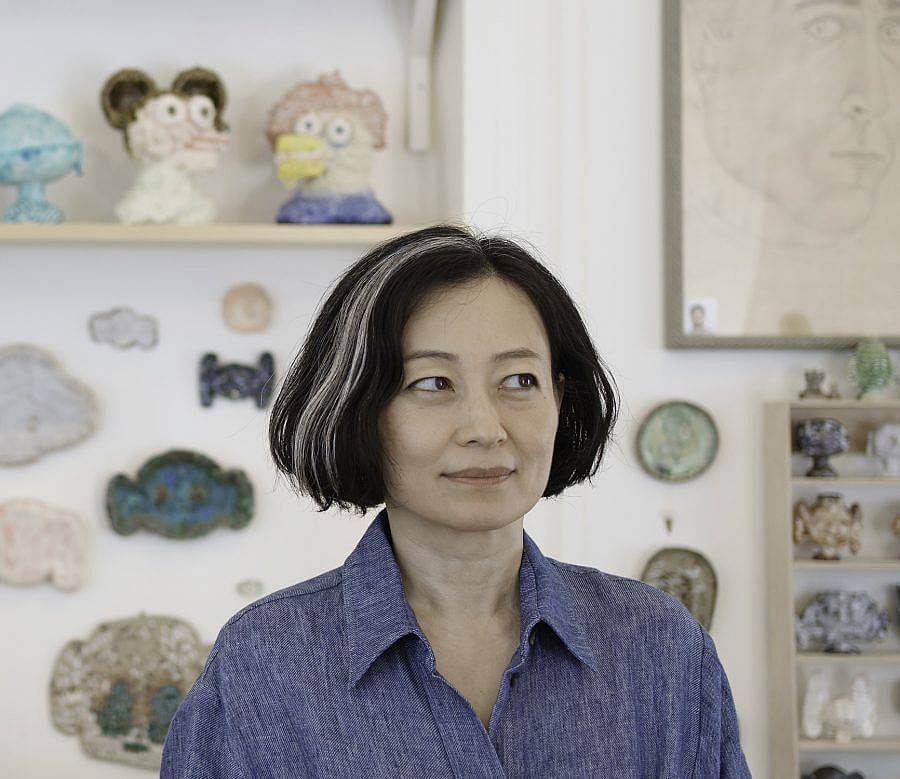Could you describe your practice?
I’m an artist working mainly with ceramics. Through them I explore the cause and effect of objects and emotions. In the same way a boulder on a hill stores potential energy, a banana peel on the floor stores potential “ha-has”. Sitting there inert, causing a smirk only when somebody comes in contact with it. My work uses this potential to construct narratives on the precipice of the familiar and strange; to explore grief and hope with humor.
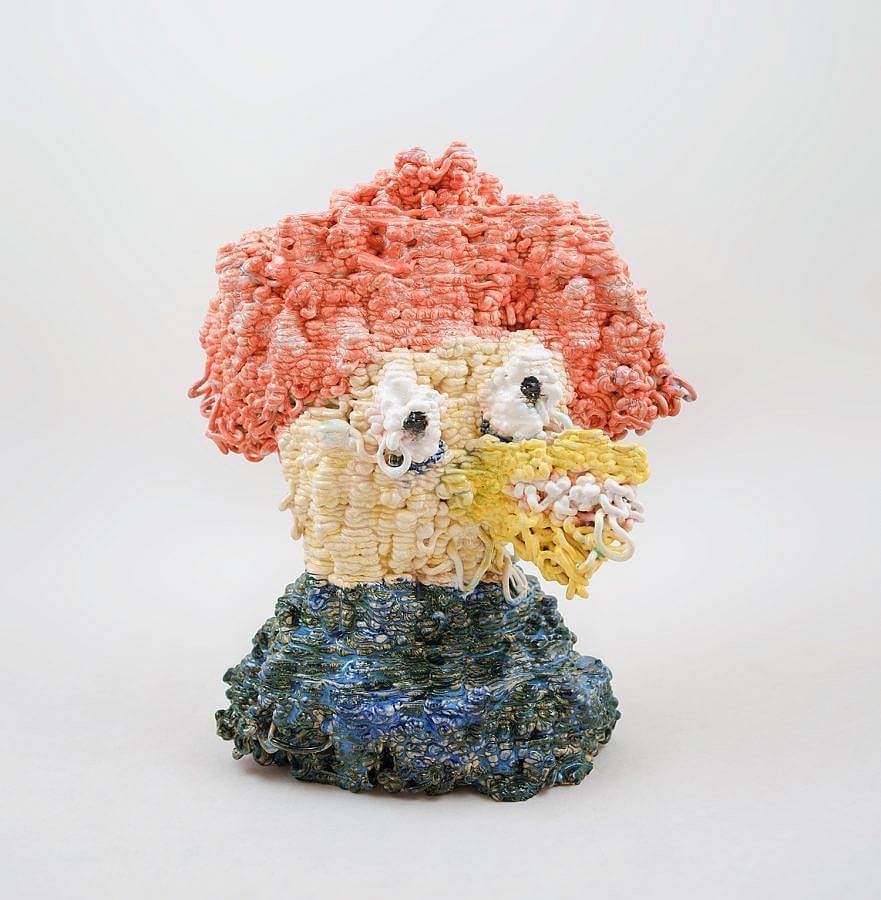
You’ve lived in a range of locations, including Seoul, Tehran, Bangkok, Los Angeles, San Francisco and Brooklyn. How have these locations and cultures impacted your practice?
I lived in four of those countries before I was ten, so language was always changing. Words existing in one language but not another made me question whether I really understood what was said and vice versa. This made the world seem very dreamlike as a child. I couldn’t shake the notion that what I perceived by seeing also could have different meanings elsewhere since perceptions seemed shaped so much by language, culture, and place. I think that’s why I want to make work that seems out of a dream and escape the constructs of language. I want to use the visual vernacular that we use in dreams – metaphorical and disjointed – that alludes to an underlying truth, to describe a small part of existing in this place and time. I like working with ceramics because they have so many inherent associations that I can emphasize and subvert to make emotional objects.
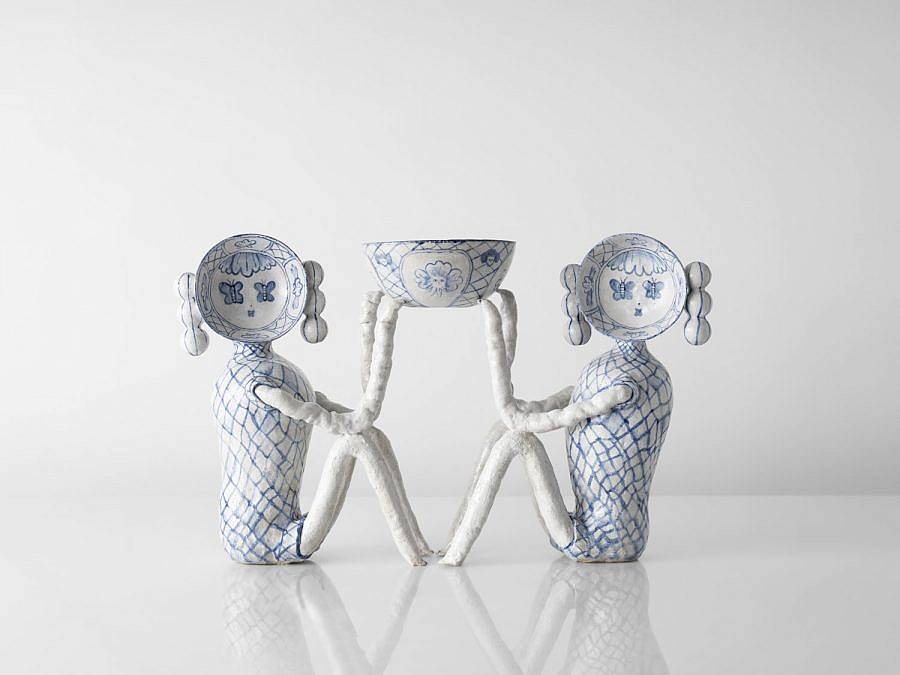
Much of your recent ceramic work has involved the use of 3D printing. What drew you to investigate this process? Has 3D printing shifted your understanding and engagement with ceramics at all?
I was drawn to 3D printing with clay because the artifacts of the process look very similar to coil building. My practice at the time involved coil building and leaving the coils exposed (traditionally, the coil marks get smoothed away, so the building technique is not evident). As I worked this way, I wanted to make the coils smaller and smaller – at a miniature scale, the coil marks seemed like strata, alluding to time passing. Around then, I saw that I could achieve similar effects with 3D printing and took a workshop that started me down this path. That was back in 2017, and I was using a DIY printer, and it was like a toddler; the minute I looked away, it would misbehave. Rather than force it to comply with my wants, I nurtured its “faults” to make works that I or the printer could not make alone. People always say that clay has a mind of its own and has a memory and predispositions; working with a printer has added another collaborator into the process. Each partner creates situations that change my path as I make, resulting in works I couldn’t have imagined. The method, material and maker each contribute to the outcome, similar to how language, place, and culture influence a person.
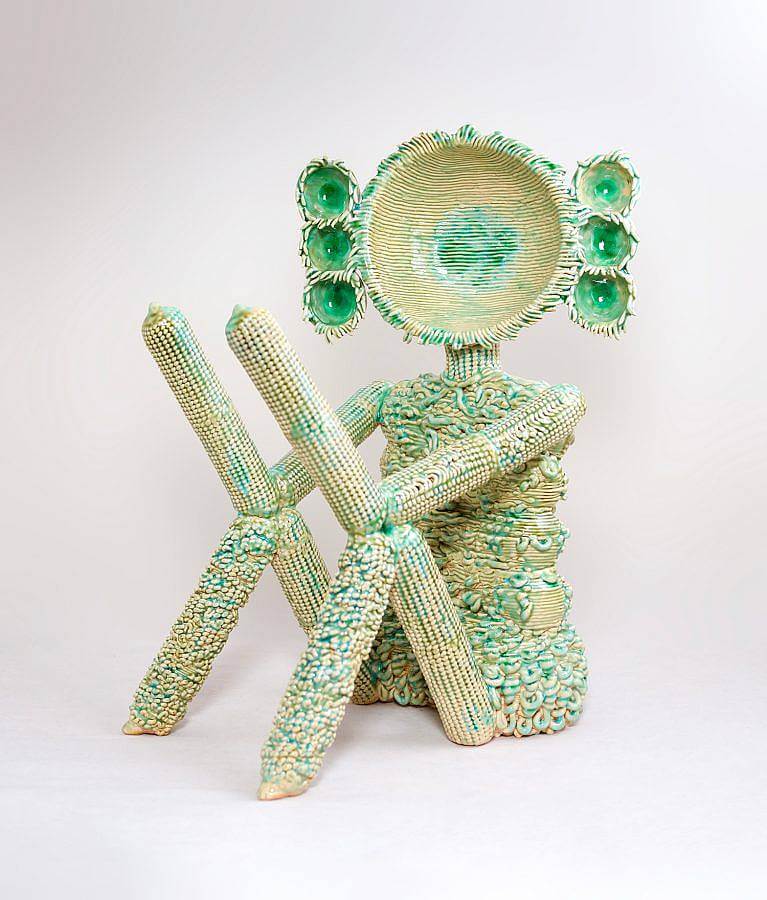
How do you consider humor in relation to your practice? Does it function as a portal to make complicated emotions more accessible?
That’s a great way to put it! Humor brings people’s guard down and creates a small window where one becomes more receptive to things that might go against ingrained beliefs. I love physical humor because you don’t have to know a specific language or cultural references to understand it. I’m always looking to catch humorous situations that happen when making. A large part of my practice is just letting the joke tell itself.
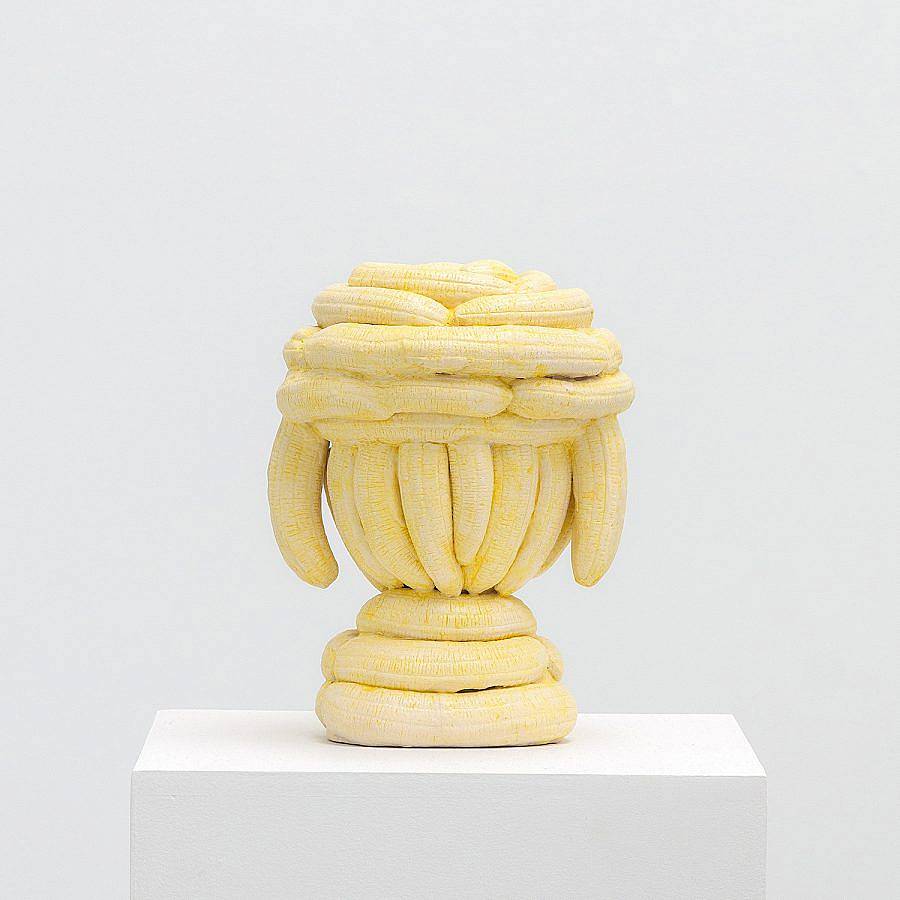
Your work varies from anthropomorphic figures to more traditional vessel shapes. Do these forms carry any contextual significance? Are you thinking in similar veins while making both forms?
I do. For me there isn’t a hard distinction between them. Objects can be vessels that contain our sentiments or other meanings based on cultural or personal associations. In Korean culture, vessels are sometimes used as metaphors for people’s personalities. When I make vessels, I think of them the same way: as metaphors for my anthropomorphic figures.
What do you enjoy most about working in ceramics?
I like that clay seems to have a mind of its own. Different clay bodies have different ways they “want” to be touched and handled. The material seems to have personality, which lends itself to anthropomorphization. I love the immediacy and pliability, that you can add or take away to create a form, and that it can take on the shape of something else by just pressing against it. There are many ways to work with it, as a liquid or solid and everything in between. That it’s ancient, of the earth, and it’s possible to turn mud into something that could last forever. It just seems magical.

Can you speak to us about your relationship with glazing? As well as your relationship to texture and tactile-ness that comes with glazing?
I love the glazed surface. Nothing compares to the quality of the surface that emerges from the fire. The elements reacting with each other is like alchemy, sometimes mysterious, unrepeatable, arrested by a particular combination of timing and atmosphere. If the magic doesn’t happen right away, it’s possible to fire pieces multiple times to layer effects. It can be like oil painting, built up layer by translucent layer to create depth.
How has your background in animation and design influenced your current practice?
I find my practice is always under the influence of animation! I’m interested in capturing arrested motion. I think of my sculptures as displaced creatures from an animation, but they have yet to realize it. I’m still experimenting with narratives, which I loved doing with animation. Without movement or sound, it’s more challenging but fun. In terms of technical skills, my background made it much easier to fold digital fabrication techniques into the mix.
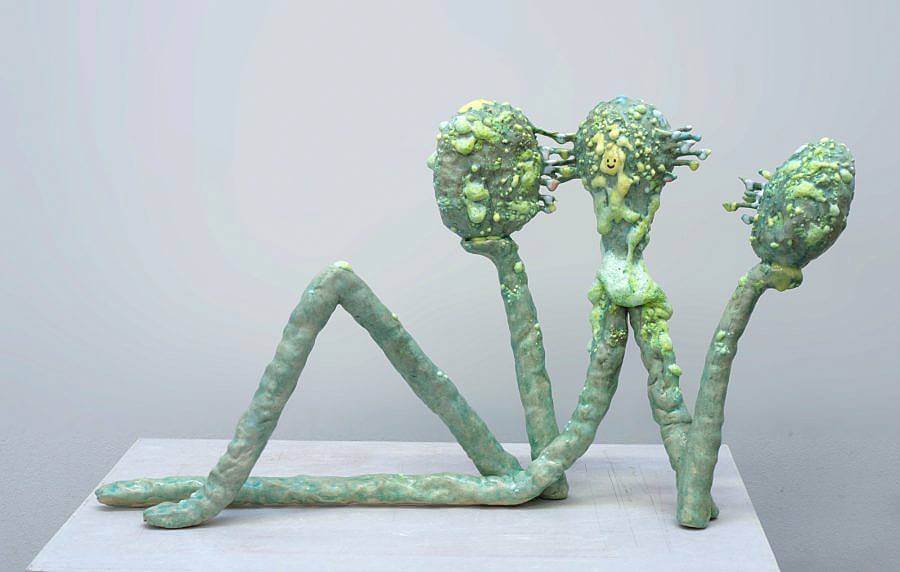
What do you collect?
Rocks, foliage and Blender tutorials.
Do you have any daily rituals?
Physical therapy! After an injury, I realized how important stretching and strengthening the body is. There is so much heavy lifting and repetitive movement with ceramics that it’ s only a matter of time before things wear and tear. When I talked to other ceramicists about it, I realized many people have injuries, and we push through and find a way to keep working! I wish I could have lived in my current body for a day in my twenties. That would have scared me into action earlier.
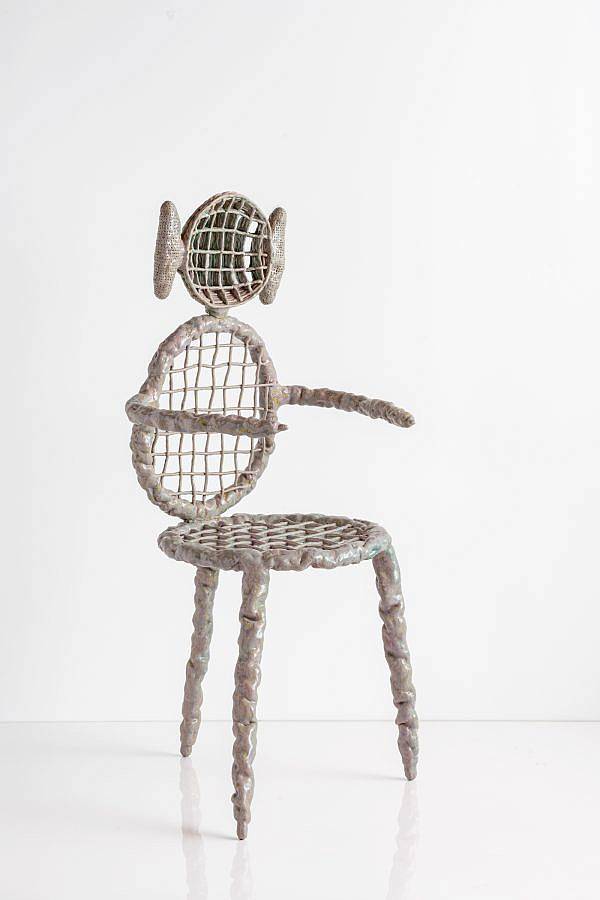
Interview conducted by Ellie Schrader. Edited by Lily Szymanski
